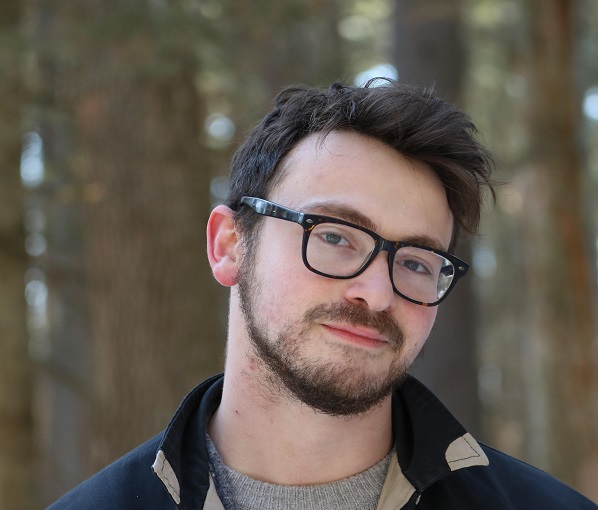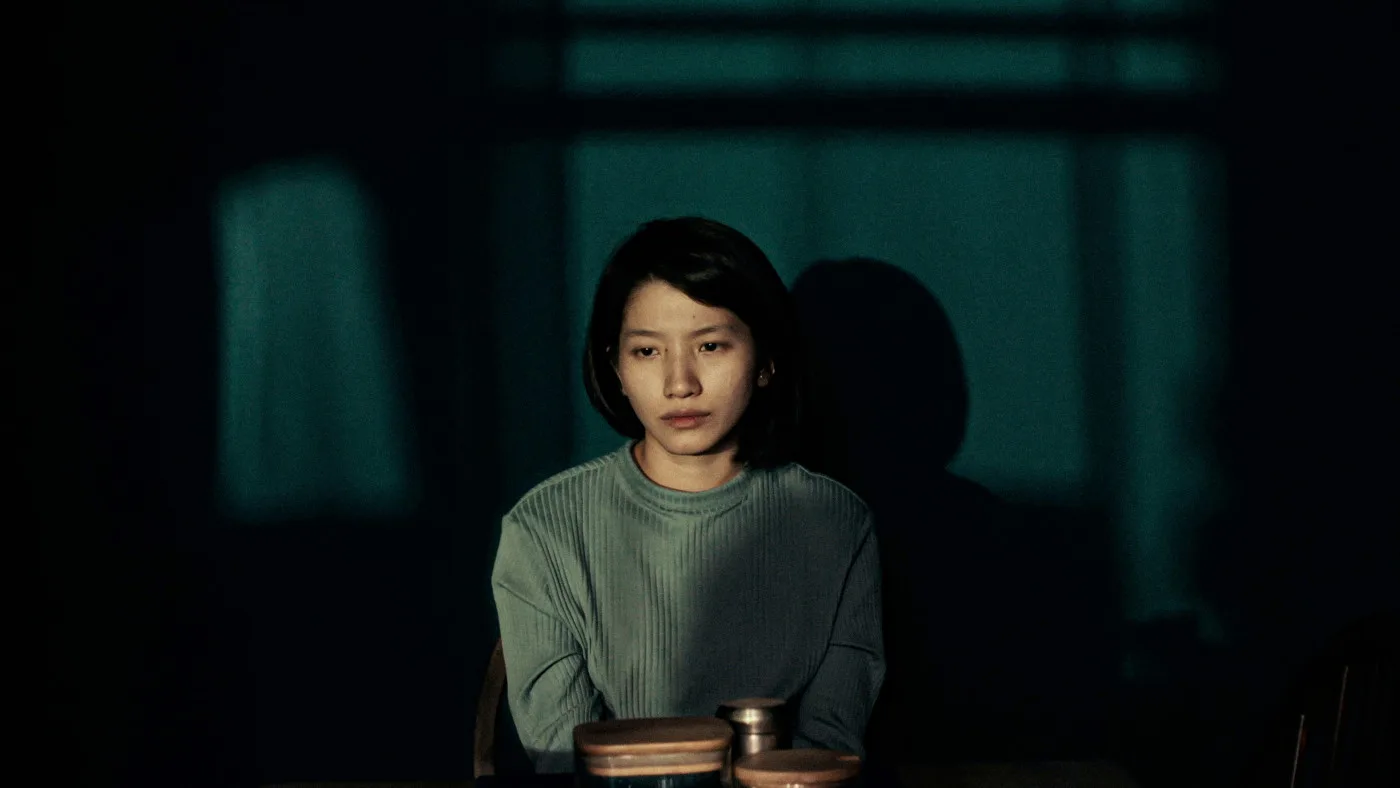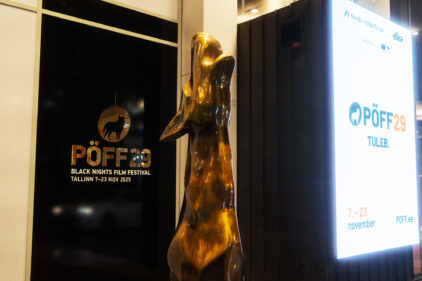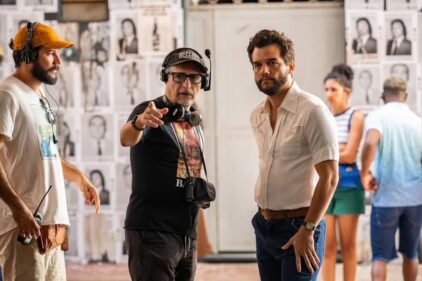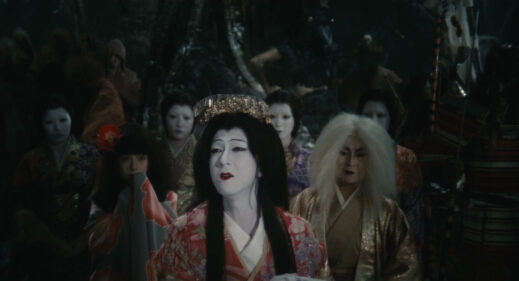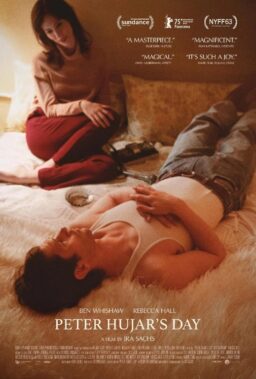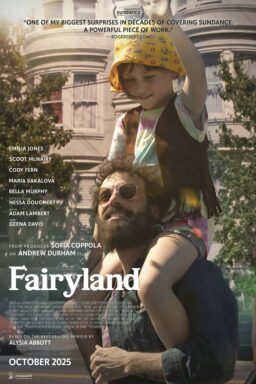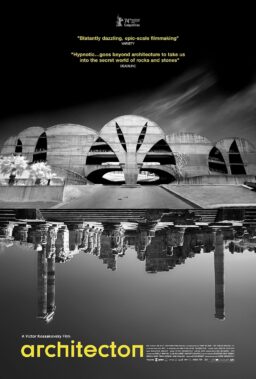It’s always surprising, when watching films from all over the world at a festival as diverse as this year’s 59th Karlovy Vary International Festival, how strong thematic parallels start to emerge.
Between the festival’s main competition, with 12 feature-film premieres competing for the prestigious Crystal Globe, and its sidebar Proxima section, dedicated to bold works by emerging filmmakers and established auteurs, there was an abundance of films that reflected upon the secret relationships between people in search of meaning and the places they find themselves.
One strength of an international festival lies in how it provides attendees with a passport to see the world, and the films in this dispatch—“Sand City,” winner of the Proxima section’s Grand Prix; “The Visitor,” which earned best director ex-aqueo in the Crystal Globe competition; and “Better Go Mad in the Wild,” which ultimately won the Grand Prix in the Crystal Globe competition—traveled far, from the sand-swept city of Dhaka to the bracing Baltic coastline and the forested massif of Šumava in the Czech Republic. Yet in all three films, the focus is not mere sightseeing but a richer sort of emotional cartography, elucidating the inner worlds informed by one’s individual experience of locations and landscapes.
Mahde Hasan’s gently beguiling “Sand City,” which competed in Proxima, follows two strangers in the densely populated city of Dhaka, whose paths cross only momentarily but whose lives are inextricably linked in deeper, existential ways. In the vaguely post-apocalyptic sprawl of Dhaka, sand is ever-present, swirling with surface dust in the polluted air and ingrained within rapid urban development. Opening quotations from William Blake (“To see a world in a grain of sand”) and T.S. Eliot (“These fragments I have shored against my ruins”) spell out the film’s central idea: that sand itself shapes the realities, desires, and destinies of people seeking permanence in an impermanent place, citizens still in search of a city.
Telling parallel stories and opting for a deceptively spare style that gestures at myriad possibilities for overlap between the two but leaves these largely unrealized, “Sand City” moves back and forth between Emma (Victoria Chakma), a woman from an ethnic minority group in Dhaka, and Hasan (Mostafa Monwar), a man who belongs to the majority population. Sunken into daily routines that offer no reprieve from their loneliness and desolation, both characters have started stealing sand. While riding her scooter home from a nondescript office, Emma gathers just enough for her cat’s litter tray. At the same time, Hasan—who labors each day in a glass factory—aims to steal enough silica sand and equipment from his workplace to make his own glass, with the idea of eventually starting a business.
For both of them, sand is a foundational element of life in Dhaka, fueling the city’s construction while also reflecting its transience, as it slips through their hands as they reach out to grasp it. When Emma finds a woman’s severed finger in the sand, its nail painted red, she’s transfixed by the mystery of who she was and what grisly fate befell her; it becomes some kind of keepsake or talisman, the vestige of another lost soul. As Hasan grows brazen in his efforts to melt sand into glass for his entrepreneurial gain, elsewhere, he risks job insecurity and perhaps more.
Shrouded in shadows and blanketed by smog, “Sand City” finds moments of shimmering beauty in Dhaka’s crepuscular melancholy, the film’s richly tactile and thoughtfully composed images tumbling slowly together like so many shards of glass in a kaleidoscope. Shot by gifted director of photography Mathieu Giombini (“Lingui: The Sacred Bonds”), this hypnotic film accumulates an overpowering sense of mood and texture, its spectral atmosphere of anomie and alienation lingering even as its fine, fleeting grains of narrative start to blow away in the wind.
Hasan cites Pedro Costa and David Lynch as conscious influences but, as critics on the ground at Karlovy Vary started to buzz about this Proxima section standout, one colleague most aptly compared it to early works by Tsai Ming-liang, whose supple evocations of urban drift have been similarly populated by ghosts and sensitive to spaces, public and private, where they struggle to assume form.
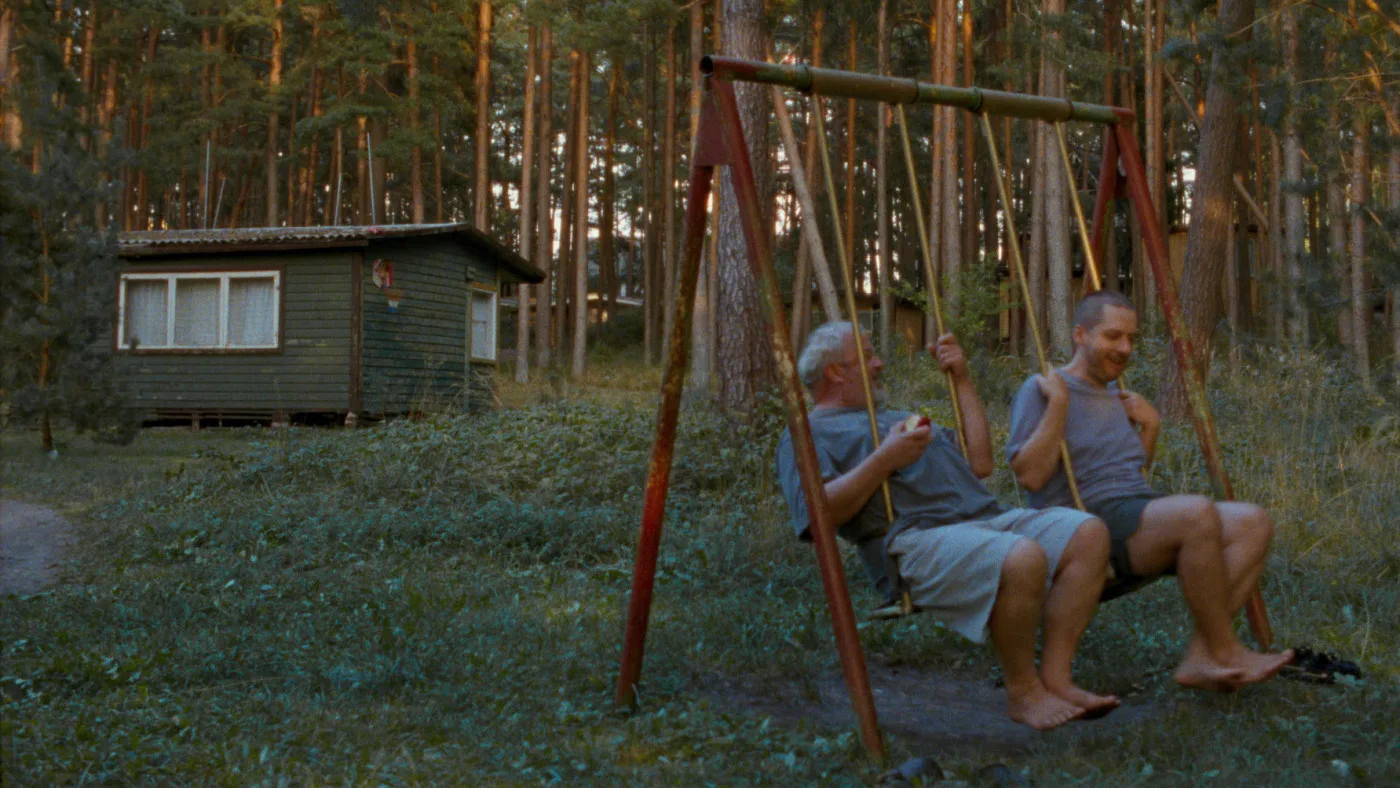
A similar sense of solitude—and, certainly, Tsai’s influence—pervades Vytautas Katkus’ “The Visitor,” a feature directorial debut that competed for the Crystal Globe in Karlovy Vary’s main competition. But what ails protagonist Danielius (Darius Šilėnas) as he returns to his native Lithuania after a long absence is less a yearning to put down roots than its opposite: a quiet acceptance that you can’t go home again. A new father in Norway, he’s traveled back to the small resort town where he was raised, following his father’s death a year earlier, with a clear goal in mind: to sell his parents’ home, relinquishing this claim to a place he’s long since left behind. Severing ties won’t take much, Danielius seems to think, so it comes as something of a surprise when he decides to extend his stay.
Exploring the Baltic coastline, encountering the locals he used to know, this stranger in a familiar land wanders through his surroundings as if he’s a patient awoken from a coma, recovering memories everywhere that he must reconcile with the emotions these changed circumstances now elicit from him. There’s a profound sadness in his pilgrimage, but Danielius also appears to find solace in revisiting the community that raised him, tracing back over some internal map of the places that shaped him in ways he’d never been fully conscious of.
An accomplished cinematographer in Lithuania, Katkus—who also co-wrote the script with Marija Kavtaradze (“Slow”)—brings a gentle, contemplative sensibility to “The Visitor,” which plays out in artful long shots of people moving through spaces until they quietly start to inhabit them. Often, it feels like Katkus is simply bringing his camera with him on a long walk through an area he knows intimately, coming to rest on what captures his interest or draws some deeply buried feeling back to the surface. Danielius has returned to this region at the slow close of its summer season, and the sensation of a resort town emptying before his eyes is one he savors more now—perhaps guiltily—that he has reason to identify with the tourists as well as the locals.
Paradoxically, as Danielius navigates the inevitability of his departure from this place, our affinity for the people who live there starts to deepen. Two prospective buyers come to look at the flat, then ask if they can stay a while; it’s important, one says, to take time before making a decision that will inform the shape of things to come, and Danielius agrees that they can live there with him until the place starts to feel like home. An encounter with Vismante (Vismantė Ruzgaitė), a neighbor out walking her dog, later leads him to strike up a friendship with her father (Arvydas Dapšys), following him like a shadow through the woods, content to be led in a direction rather than walking aimlessly by himself.
“The Visitor” alights on tranquil moments of these characters sojourning in nature, falling asleep at the beach, carrying on conversations at a vacant karaoke bar as night falls around them. The film’s wistful sadness grows funny and peculiar as Danielius attempts to exist for a time outside of his life alongside people who are actually living theirs, even checking in to stay in a hotel “with the option to extend,” still unable to let go, at least until he’s dwelled in this place long enough to again feel it in his bones.
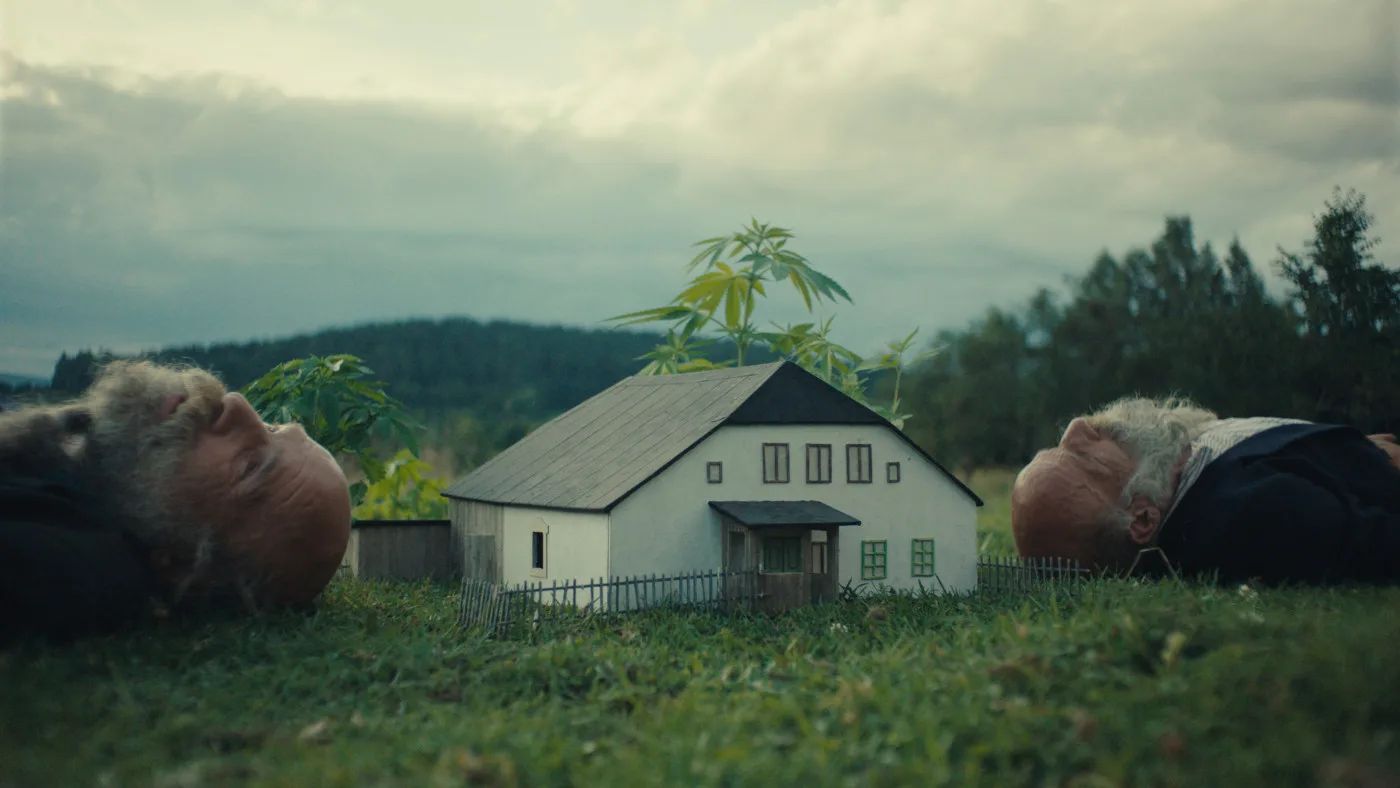
“Better Go Mad in the Wild” is also about the sacred relationships between people and place, though Miro Remo’s docufictional approach to inviting his audience into the unconventional lives of twin hermits living deep in the Šumavan forests of the Czech Republic makes for endearingly sprightly, warm, and endearing portraiture.
Remo’s film, which won the Grand Prix from Karlovy Vary’s Crystal Globe competition, is less a biographical account of František and Ondřej Klišík, identical brothers in their sixties who have spent their entire lives in the same small village close to Czechia’s southern borders with Austria and Germany, and who rarely seem to leave the dilapidated farmhouse where they share most everything. The brothers would occasionally bring women back to their ramshackle abode and so erected a partition to give each other at least the semblance of privacy. But those days have long since passed on account of their unusually close relationship; the women, sooner or later, all seemed to realize that “separating twins is like breaking a mirror,” we’re told.
Bald and grizzled, with beards that billow out like nimbus clouds, the twins are only easily told apart because František—who refers to himself as Franta and his brother as Ondra—lost an arm years earlier in a sawmill accident. This detail is brought into focus, with a dash of magical realism, through voiceover attributed to Nandy, a majestic bull. The intimacy of the twins’ bond with their animals, whether it’s the cow delightedly chewing on Ondra’s beard or the faithful dog that’s always running back and forth between them, feels like a crucial part of what lightens and sustains their eccentric existence.
The twins spend their days in mutual seclusion, whether drinking, smoking, or engaging in arm-wrestling, and they share a voracious appetite for philosophical musings, reflecting on cycles of death and life with a poet’s grandiloquence. Whether strolling through primeval forests or swimming in glacial lakes, these crusty curmudgeons often prefer to wander naked through wilderness, at their most comfortable, exposed to the elements.
A Slovak filmmaker, Remo and his crew spent 60 days with the twins across a five-year period, though “Better Go Mad in the Wild” was inspired before that by one story within a book of the same name by Czech journalist and author Aleš Palán, who’d journeyed to the region to relate the lives of hermits living away from society. The book offers more insight into how this came to be, though Remo includes archival footage that eventually clarifies the twins played a role in the Velvet Revolution, pamphleteering to mobilize support against the Communist regime, and were even decorated for their actions during this period, only to declare their overriding belief in ideals of another kind by spending their lives away from the civilization this movement ushered in.
For the most part, though, Remo’s film holds this history out of frame, preferring instead to luxuriate in the bucolic, absurd, and sometimes melancholic qualities of the twins’ alternative lifestyle, listening to their simple wisdoms and observing their rambunctious behavior with clear fascination. “Better Go Mad in the Wild,” consequently, becomes both a pungent and poignant type of regional folktale, conjuring little moments of magic by slowing down for long enough to notice all the details of two born outsiders who turned nature into their own private sanctuary.
